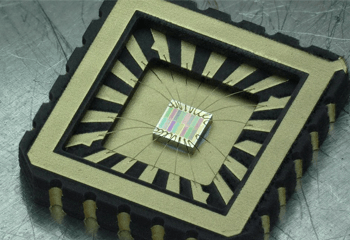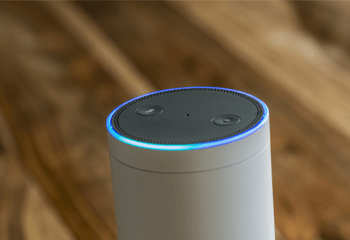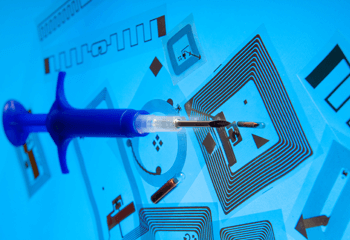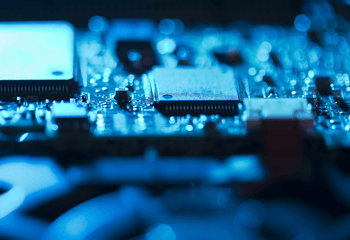Electronics Articles
Electropages Insights Blog covers the latest in electronic design through webinars and articles. Delve into topics from sensors to AI implications. Stay ahead with Electropages.
Recently, the UK government has paused further development of smart motorways for five years after rising concerns with safety. What are smart motorways, why are they a disaster, and what does this tell us about integrating smart technologies? What are s...
By Robin Mitchell | 17-01-2022
Recently, researchers from TU/e have been able to miniaturise a near-infrared sensor that can take accurate chemical readings from food and liquids. What challenges do spectrometers present, what did the researchers create, and how could it be used in the futu...
By Robin Mitchell | 14-01-2022
Recently, researchers have demonstrated a functioning UltraRAM memory cell in silicon that could be the answer to universal memory. What is universal memory, what did the researchers demonstrate, and what does this mean for computing in the future? What...
By Robin Mitchell | 13-01-2022
A recent demonstration of wearable contact technology by InWith demonstrates how contact lenses could help power augmented technologies. What challenges would a smart contact lens face, what did InWith develop, and could this be the device that marks the era o...
By Robin Mitchell | 12-01-2022
Electropages Podcasts
Recently, researchers have created a small flexible OLED display entirely made using 3D printed processes. What challenges do flexible OLED displays present, what did the researchers demonstrate, and how could it help reduce prices in the future? What challeng...
By Robin Mitchell | 11-01-2022
Recently, a mother of a 10-year-old girl was left shocked when Amazons Alexa told her to take a penny and touch live mains. What exactly happened in this incident, how does this demonstrate the dangers of internet-gathered data, and how can engineers take meas...
By Robin Mitchell | 11-01-2022
A recent development from e-peas demonstrates how energy harvesting can be highly advantageous in remote security applications. What challenges do remote devices face, what have e-peas demonstrated, and will energy harvesting play a vital role in tomorrow’s se...
By Robin Mitchell | 10-01-2022
Recently, a new sensor has been developed that allows for the detection of muscle fatigue by observing the pH of sweat. How is exercise strain often overlooked, what does the new sensor do, and could it help prevent over-exercising? How is exercise strai...
Wearables | By Robin Mitchell | 07-01-2022
The Discovery of a bug in Apple HomeKit back in August 2021 has only recently made its way into the public, and yet more than half a year has passed without any fix in sight. What are denial-of-service attacks, how does the new bug work, and what does this tea...
By Robin Mitchell | 06-01-2022
Read part one here. Petrol and diesel-powered cars are no longer a viable ecological proposition, and the race is now on between hydrogen and electric-powered vehicles. But deciding which of those two will take the chequered flag in the carbon-cutting Grand Pr...
Environment | By Paul Whytock | 06-01-2022
Implantable chips have slowly become more popular thanks to the convenience they present, but a company in Sweden has developed one for use as a COVID vaccine passport. How do implantable chips work, what did the Swedish company develop, and why is it a terrib...
By Robin Mitchell | 05-01-2022
Recently, researchers have been able to develop a transistor whose function can be programmed in real-time. What challenges do current processors face, what does the new technology do, and how could it change the future of computing? What challenge does comput...
By Robin Mitchell | 05-01-2022














